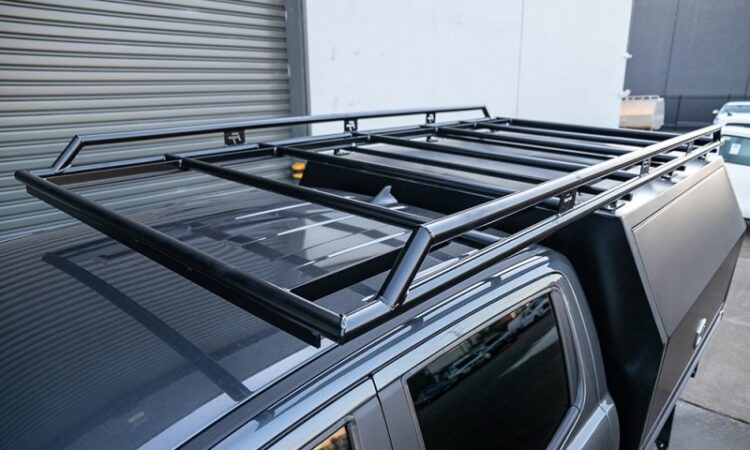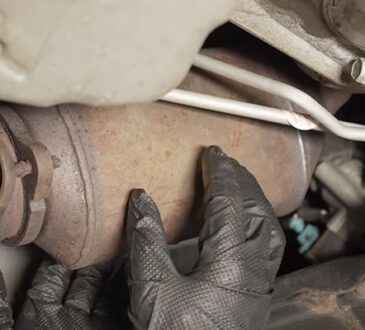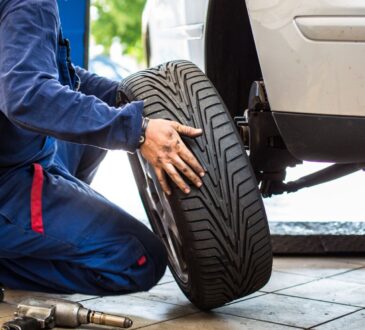
For tradies across Australia, from the bustling streets of Sydney to the rugged terrains of the Outback, a reliable vehicle is a vital part of the toolkit. Equally important is choosing the right roof rack for your working vans and utes. It’s not just about adding extra storage space; it’s about ensuring durability, safety, and efficiency in your daily operations. But with a variety of materials available, what is the best choice for a roof rack? Let’s explore the tradesman roof racks options to help you make the right decision.
- Aluminium: Lightweight and Rust-Resistant
Aluminium is a popular choice among Australian tradies for a few compelling reasons:
- Lightweight: Aluminium roof racks add minimal weight to your vehicle, which is crucial for fuel efficiency and ease of handling, especially when fully loaded.
- Strength: Despite its lightness, aluminium is incredibly strong and durable, capable of handling heavy loads, which is essential for carrying tools and equipment.
- Corrosion Resistance: In coastal areas where salt air is prevalent, aluminium’s resistance to rust is a significant advantage.
- Aesthetic: Aluminium racks often have a sleek, modern look, which can be a nice touch for tradies who value the appearance of their work vehicles.
- Steel: Sturdy and Cost-Effective
Steel is another common material used in roof racks and offers different benefits:
- Durability: Steel is known for its strength and ability to withstand heavy loads, making it ideal for demanding work environments.
- Cost-Effectiveness: Generally, steel roof racks are more affordable than their aluminium counterparts, which can be a deciding factor for budget-conscious tradies.
- Versatility: Steel racks can be customised to various sizes and shapes, offering flexibility for specific trade needs.
However, steel racks are heavier, which can impact fuel efficiency, and they are prone to rust if not properly coated or maintained, especially in harsh Australian weather conditions.
- Fibreglass: The Niche Choice
Fibreglass is less common but might be suitable for certain applications:
- Lightweight: Like aluminium, fibreglass is light, which helps in maintaining fuel efficiency.
- Non-Conductive: For electricians and other trades where electrical hazards are a concern, fibreglass is an excellent non-conductive material.
The downside is that fibreglass may not be as durable as metal options and can be more expensive.
- Composite Materials: The Modern Approach
Some modern roof racks use composite materials, which blend various elements to optimise strength, weight, and durability. These can be great for tradies looking for the latest technology, though they can come at a higher cost.
Choosing the Right Material for Your Needs
When selecting a roof rack for your van or ute, consider:
- Load Requirements: How much weight will you regularly carry? Ensure the material can handle your typical load.
- Environmental Conditions: If you work near the coast or in areas with extreme weather, consider rust-resistant materials like aluminium.
- Vehicle Type and Capacity: Ensure the roof rack material complements your vehicle’s load capacity without overburdening it.
- Budget: Balance cost with the benefits each material offers for your specific trade needs.
Conclusion
The best roof rack material for your working van or ute depends on your individual trade requirements, the environment you work in, and your budget. Aluminium stands out for its combination of strength, lightness, and rust resistance, making it a top choice for many Australian tradies. However, steel, fibreglass, and composite materials also have their place, depending on specific needs and preferences. Whatever material you choose, a well-selected roof rack is an investment that can significantly enhance the efficiency and capability of your trade business. Stay safe and efficient out there on the road!




